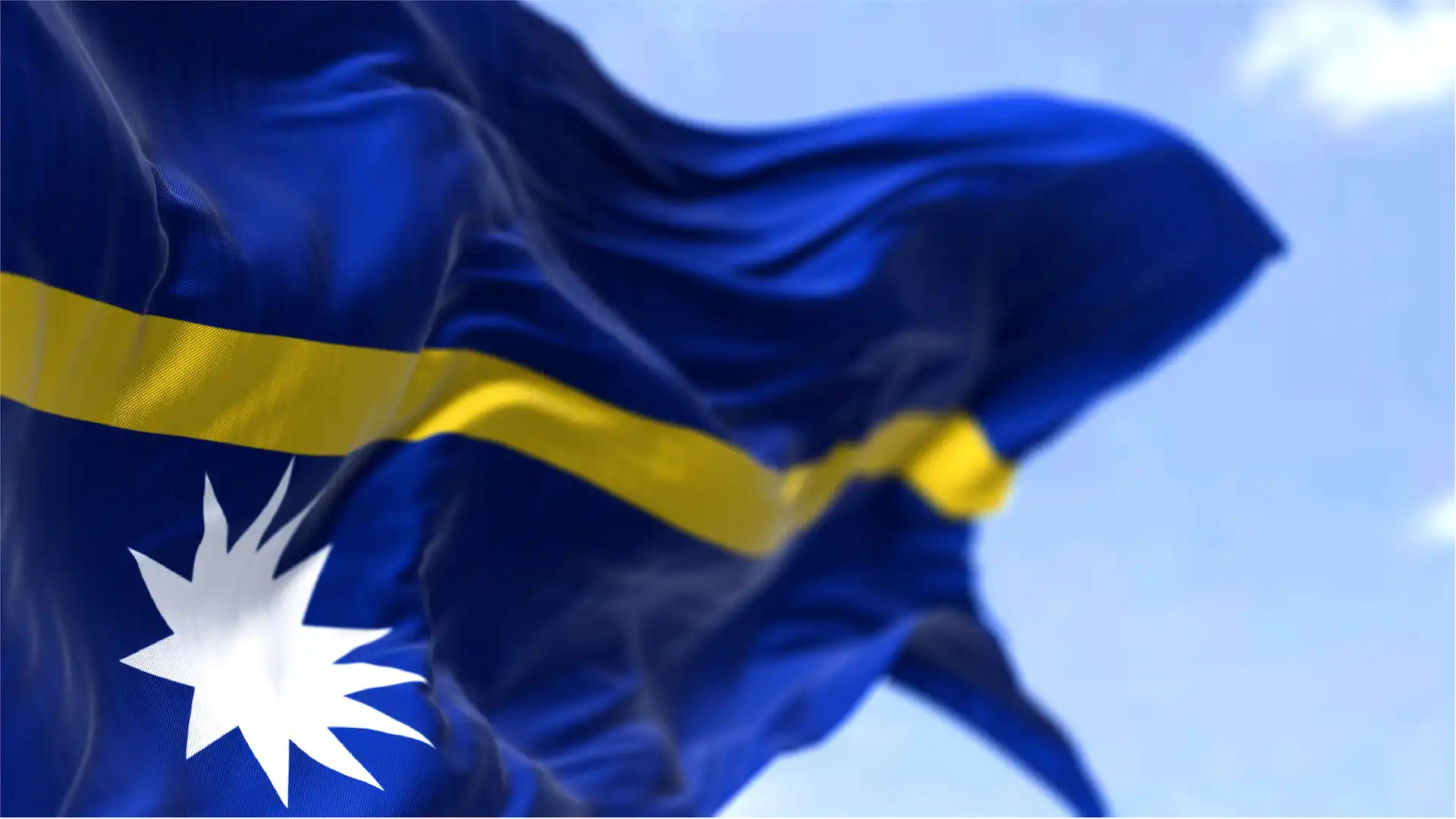Nauru
The Adventist work in the island country of Nauru in the South Pacific was resisted by the governing authorities until they recognized the church in 2013, and construction of the first church building was completed in 2017.
Location and History
Nauru, or Pleasant Island, as it was named, lies 42 kilometers (26 miles) south of the equator and south of the Marshall Islands in the Pacific Ocean. The population is approximately 10,000, including approximately 1,000 non-Nauruan people. “The resumption of phosphate mining and exporting in 2005 gave Nauru’s economy a much-needed boost. The secondary deposits of phosphate has [sic] an estimated remaining life of about 30 years.”1
In 1923, the League of Nations gave Australia a trustee mandate over Nauru, with the United Kingdom and New Zealand as cotrustees.2 Then in 1947, after the Second World War, a trusteeship was established by the United Nations, with Australia, New Zealand, and the United Kingdom as trustees.3 Nauru became self-governing in January 1966, and following a two-year constitutional convention, it became independent in 1968.4
The Origin and History of the Seventh-day Adventist Church in Nauru
The first visit by Seventh-day Adventists occurred when Captain John Graham of the Pitcairn made a passing visit to the island in October 1896 during the vessel’s fifth voyage. At the time, he reported that approximately 1,500 Micronesians lived on the island. Germany had annexed the island, and some efforts had been made by Gilbertese missionaries to introduce Christianity. Graham was given a cool reception by the authorities, being told that if he had plans to place a missionary on the island, he would first have to gain permission from the German magistrate in the Marshall Islands. Graham sailed to the Marshall Islands, but the magistrate wanted nothing to do with him and ordered him back to his boat.5
Later History
No further attempts were made by Seventh-day Adventists to enter Nauru until many years later. In the 1970s, a few members from the Solomon Islands and Gilbert Islands (later renamed Kiribati) arrived to work with the company mining the phosphate deposits. They worshipped together on Sabbaths, occasionally receiving a visit from an elder located in Kiribati.6 Some Nauruan young people and children of workers from other islands also attended Seventh-day Adventist schools in Fiji, Kiribati, and Papua New Guinea.7 As these students returned to Nauru over the years, the number of worshippers gradually increased.
The phosphate mining company had built a chapel on the work site for their workers. Seventh-day Adventist members, numbering approximately thirty, regularly met in this venue. In 1984 they were organized as an official Seventh-day Adventist company.8
Progress
The first native-born Nauruan to be baptized as a Seventh-day Adventist was Johannes Quadina. His conversion was influenced by a fellow worker at the phosphate company. Government authorities would not allow the baptism to take place on the island, so the ceremony took place in 1995 at Tarawa, Kiribati.9
Church negotiations for full acceptance by the government authorities came to fruition in 2013 with the successful registration of the Seventh-day Adventist denomination in Nauru. This opened the way for permission to construct a meeting place. Steve Mwea Amwano, a former student at the Navesau Adventist High School in Fiji and a current Adventist resident on Nauru, donated a piece of land on which to build. Materials from Fiji were gradually accumulated, and an appeal for volunteer builders was advertised in 2014.10 Two teams of builders responded to the appeal, and by 2017, the church was completed. It is a two-story structure, the meeting hall located upstairs and a three-bedroom home for the resident minister incorporated downstairs. It was officially dedicated on April 9, 2017. The church membership numbers 62.11 Their pastor in 2018 was Kabunginteiti Tabuariki.12
Sources
“Church Building for Nauruan Adventists.” Adventist Record, May 20, 2017.
Davidson, J. W. “The Republic of Nauru.” The Journal of Pacific History 3, no. 1 (January 1968): 145–150.
“First Nauruan Adventist at Session.” Record, November 25, 1995.
Graham, John E. “Cruise of the ‘Pitcairn.’ ” ARH, December 29, 1896.
Highet, K., and H. Kahale. “Certain Phosphate Lands in Nauru.” American Journal of International Law 87, no. 2 (1993): 282–288.
Hudson, W. J. “Australia’s Experience as a Mandatory Power.” Australian Outlook 19, no. 1, 35–46.
Lee, Gordon A. “An Island Safari.” Australasian Record and Advent World Survey, November 24, 1975.
Moe, R. V. “Have You Been to Nauru?” Australasian Record and Advent World Survey, November 3, 1984.
“Our country.” Government of the Republic of Nauru. Accessed August 17, 2018. http://naurugov.nr/about-nauru/our-country.aspx.
Potter, David. “Kauma Paradise.” Australasian Record and Advent World Survey, March 1, 1982.
Stackelroth, Jarrod. “First Church to Be Built on Nauru.” Adventist Record, September 20, 2014.
Notes
- “Our country,” Government of the Republic of Nauru, accessed August 17, 2018, http://naurugov.nr/about-nauru/our-country.aspx.↩
- W. J. Hudson, “Australia’s Experience as a Mandatory Power,” Australian Outlook 19, no. 1 (1965), 35–46.↩
- K. Highet and H. Kahale, “Certain Phosphate Lands in Nauru,” American Journal of International Law 87, no. 2 (1993): 282–288.↩
- J. W. Davidson, “The Republic of Nauru,” The Journal of Pacific History 3, no. 1 (January 1968): 145–150.↩
- John E. Graham, “Cruise of the ‘Pitcairn,’ ” ARH, December 29, 1896, 830.↩
- Gordon A. Lee, “An Island Safari,” Australasian Record and Advent World Survey, November 24, 1975, 5.↩
- David Potter, “Kauma Paradise,” Australasian Record and Advent World Survey, March 1, 1982, 8.↩
- R. V. Moe, “Have You Been to Nauru?” Australasian Record and Advent World, November 3, 1984, 3.↩
- “First Nauruan Adventist at Session,” Record, November 25, 1995, [1].↩
- Jarrod Stackelroth, “First Church to Be Built on Nauru,” Adventist Record, September 20, 2014, 3.↩
- Meri Vuloaloa, e-mail message to Milton Hook, July 20, 2018.↩
- Bob Larsen, e-mail message to Milton Hook, July 19, 2018.↩

